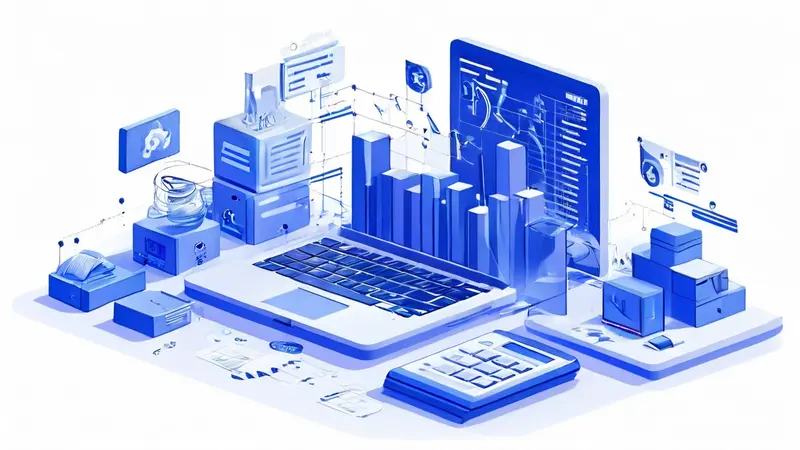The editor of Downcodes brings you a detailed explanation of the hospital OA system. This article will deeply explore the core functions of the hospital OA system, including office automation, information management, resource sharing and decision support, and analyze its role in improving hospital management efficiency and service quality. Finally, it will also introduce the security of the system and Some FAQs.

The hospital OA system is a comprehensive medical information processing system whose main functions include office automation, information management, resource sharing, and decision support. Among many functions, information management is particularly important. By establishing a comprehensive and systematic information database, electronic management of patient information, drug information, medical services, personnel and finance and other data is realized, greatly improving the hospital's management efficiency and service quality. The system uses advanced information technology to support all aspects of the hospital's daily operations, optimize the medical service process, and improve the quality of medical services.
As an important part of hospital informatization, the hospital OA system's design concept and implementation technology are becoming increasingly mature. The system is usually based on B/S or C/S architecture, which facilitates remote access and management. Through this system, the hospital can realize basic office automation functions such as document management, address book maintenance, email sending, and conference management to improve office efficiency.
On the other hand, the system realizes electronic and automated management of various business data in hospital operations by integrating patient management, medical records, drug inventory, financial management and other modules. This not only reduces human errors, but also speeds up the flow of information and provides medical staff with accurate and timely data support.
Among the core functions of hospital OA systems, information management occupies an extremely important position. The system can achieve comprehensive management of patient information, including basic patient information, medical records, medical records, etc., ensuring the integrity and accuracy of data.
The first is to classify, organize and retrieve patient information so that medical staff can quickly obtain the required data; the second is to achieve the full recording of the patient's treatment process through the integration of the electronic medical record system with other modules, improving the quality and efficiency of diagnosis and treatment. In addition, information management also involves drug inventory management, equipment maintenance records, etc., which facilitates the hospital's material allocation and equipment maintenance.
The hospital OA system realizes the sharing of information resources by establishing a unified data center. This function is of great significance for improving the quality and efficiency of medical services. On the one hand, it allows medical staff to obtain patient treatment information at different locations and at different times, promoting cross-department and cross-professional cooperation. On the other hand, resource sharing also involves the sharing of internal knowledge within the hospital, such as clinical pathways, diagnosis and treatment guidelines, etc., to provide learning and reference for medical staff.
Decision support is another core function of the hospital OA system. By analyzing and processing hospital operation data, the system can provide scientific decision-making basis for hospital managers. This includes financial analysis, resource allocation, service quality assessment, etc., helping managers accurately grasp the operating status of the hospital and make reasonable plans and decisions.
In the design and implementation process of hospital OA systems, security is an important aspect that cannot be ignored. Systems usually use a variety of security technologies, such as data encryption, access control, audit tracking, etc., to ensure the security and privacy of information data. In addition, the system needs to undergo regular security assessments and vulnerability repairs to respond to changing security threats.
To sum up, the hospital OA system has greatly improved the efficiency and level of hospital management by integrating functions such as office automation, information management, resource sharing and decision support. With the continuous advancement of technology, future hospital OA systems will be more intelligent and efficient, and better serve the development of hospitals.
1. What is a hospital OA system?
The hospital OA system is an integrated management software specially designed and developed for hospitals and medical institutions. It provides an efficient and centralized management method by integrating information and processes across various departments. The system can help hospitals achieve optimal allocation of medical resources, automated management of work processes and informatization of hospital management.2. What are the functions of the hospital OA system?
Hospital OA systems usually include multiple functional modules, including outpatient management, inpatient management, doctor scheduling, patient appointment, medical data management, pharmacy management, etc. Through these functions, hospitals can realize self-service operations for patient registration and appointment, information communication between doctors and patients, electronic storage and management of medical records and examination reports, and automated control of drug inventory and drug distribution.3. What are the advantages of the hospital OA system?
The advantage of the hospital OA system is that it improves the hospital's operational efficiency and service quality. It can reduce patient waiting time, optimize the appointment and registration process, and improve the utilization efficiency of medical resources. At the same time, the hospital OA system can also reduce manual operation errors and time costs, provide accurate medical data and information exchange, and improve medical quality and safety. In addition, the hospital OA system can also provide some statistical and analytical functions to provide a basis for hospital management decisions.I hope the analysis by the editor of Downcodes can help you better understand the hospital OA system.